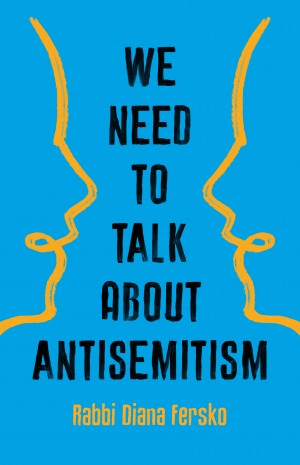The title of this new biography of video game inventor Ralph Baer (1922 – 2014) is a clever allusion to the medium itself, but also a metaphor sustained throughout the book. Ralph Baer, a Jewish refugee from Nazi Germany, resisted all the limitations placed upon both himself and his ideas. Baer’s genius and persistence set the world of video gaming on its expansive course — one where imagination meets feasibility in the form of constantly evolving new products. Beginning with Baer’s response to the disruption of his childhood by immersing himself in experiments with construction sets, and continuing on to describe his adult career as a visionary with a meticulous approach, Wessels and Castro present a truly accessible hero to young readers.
Baer’s early life in Cologne, Germany, is idyllic, a time of lively play, until the rise of the Nazis. Castro’s pictures are crisply defined with deep colors as she traces the abrupt transition that Ralph experiences. Soon he is frightened, sitting on a shrinking globe that represents his diminishing world. Withdrawing into his home and his fascination with a toy construction set, Ralph turns the limited number of building parts into a challenge. Castro’s view of Ralph captures his thought process; sitting at a table covered with carefully arranged drawings and mechanical pieces, hand in chin, he tries to resolve the puzzle. This need to “configure and reconfigure” would become the hallmark of his engineering projects.
After immigrating to the United States, Ralph and his family support themselves with the tedious job of sewing leather goods as piece work. Before long, Ralph’s inclination toward problem-solving leads him to invent an improvement to the process. But his first real engagement with electronic innovation comes when his family obtains a radio. This connection to the outside world will be another “box” that cannot contain Ralph’s curiosity. Before long, having taken a course in radio repair, he is working on all the sets in the neighborhood. Castro’s detailed and nostalgic images of Ralph’s immigrant home, with its delicate lace curtains, small knickknacks resting on doilies, and prominent globe, remind readers of Ralph’s humble background.
Like many American men at the time, Ralph serves in the army and returns to complete his education. Soon the new medium of television becomes the next box for Ralph to expand. When he first conceives the idea of designing a method for interactive gameplay through TV, his ideas are met with skepticism. Castro portrays Ralph as discouraged at this point, his eyebrows raised in a frown behind his round glasses. But ultimately this setback becomes a productive path for Ralph; he builds equipment for the military and NASA, learning to miniaturize electronic devices. Finally, his patience is rewarded when he synthesizes his ideas and experience into a breakthrough: “One day in 1966, while waiting for his bus, Ralph unboxed his original gaming idea.” His video game system would use an external box to operate the game through the TV. Trial and error, flexibility, and the sheer good luck of a new boss who is more open-minded allow Ralph to reach his dream. Castro’s drawing of the device’s prototype is a delightful reminder of art and science as an inseparable relationship. The grey box with turning dials looks almost like a face; a pencil lying to its side reminds readers of creativity’s basics; and the wires and circuits waiting to be connected represent a work in progress.
At first Ralph meets rejection, disappointment, even the contempt of executives, one of whom actually turns his back on Ralph by swiveling his luxurious chair. By the time Magnavox accepts his invention for the Odyssey game system in 1972, young readers will feel as rewarded as Ralph Baer himself. All it took was stubborn persistence and a mind that works overtime, even while waiting for the bus.
Emily Schneider writes about literature, feminism, and culture for Tablet, The Forward, The Horn Book, and other publications, and writes about children’s books on her blog. She has a Ph.D. in Romance Languages and Literatures.





